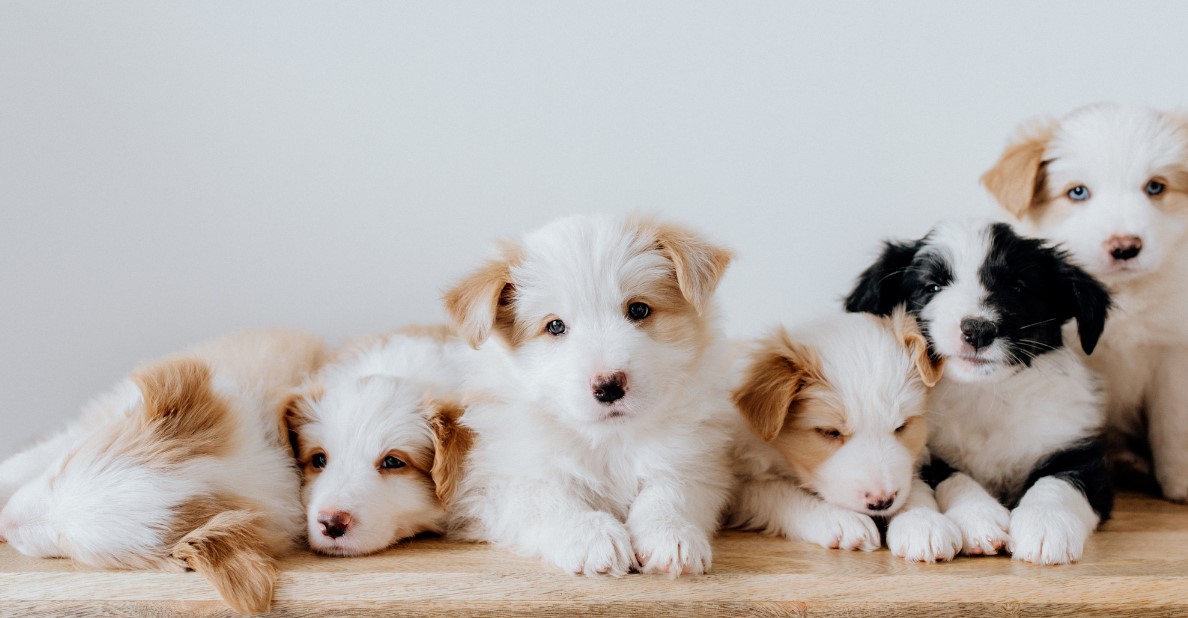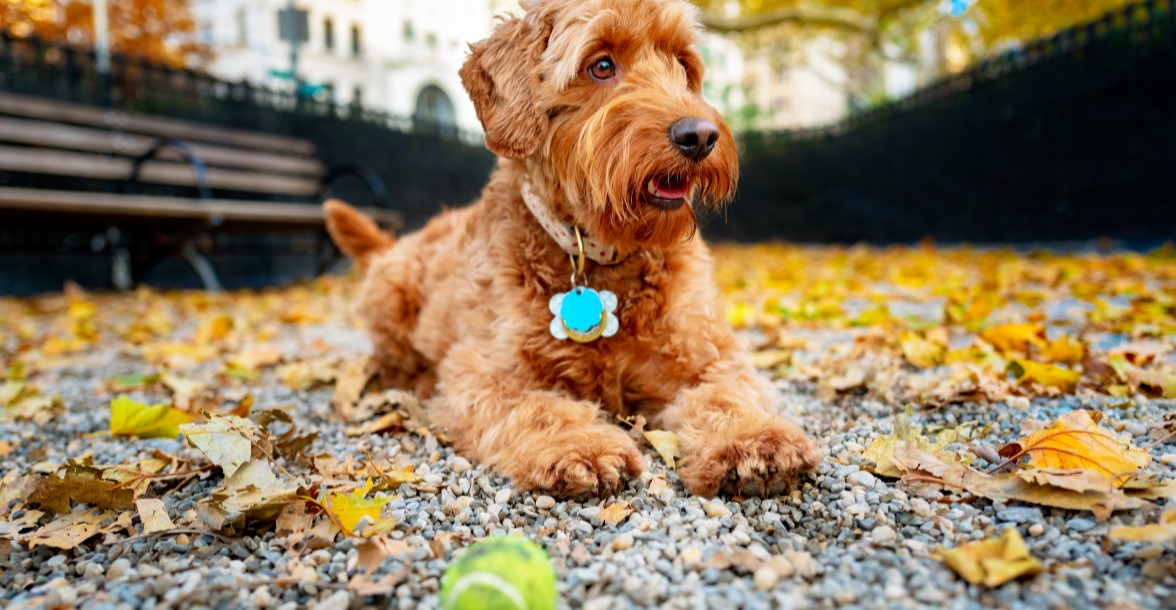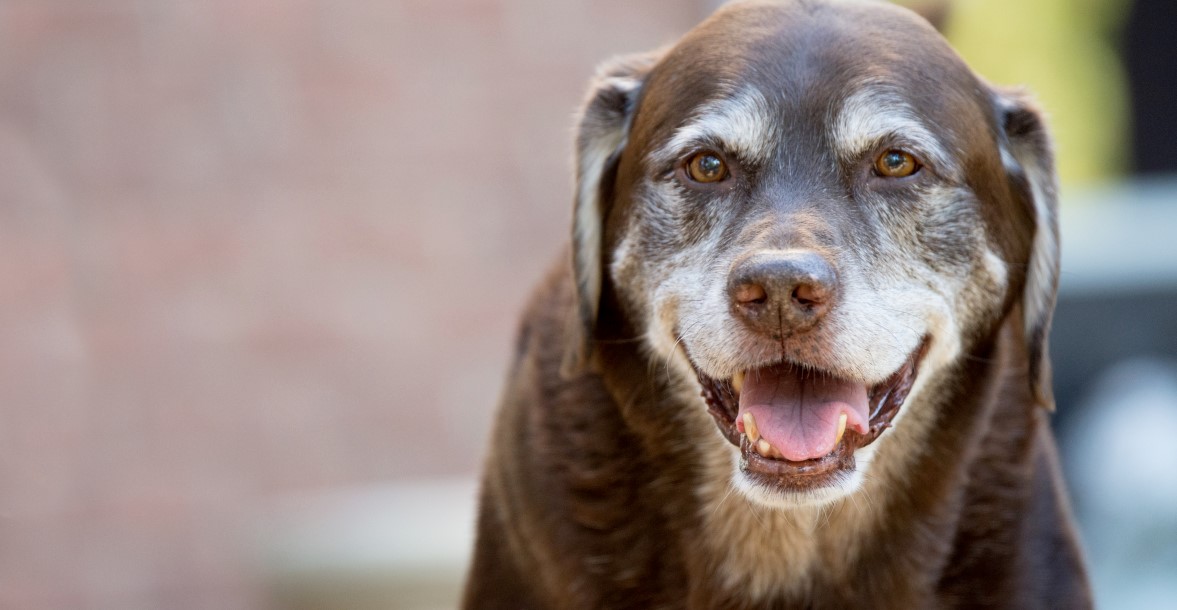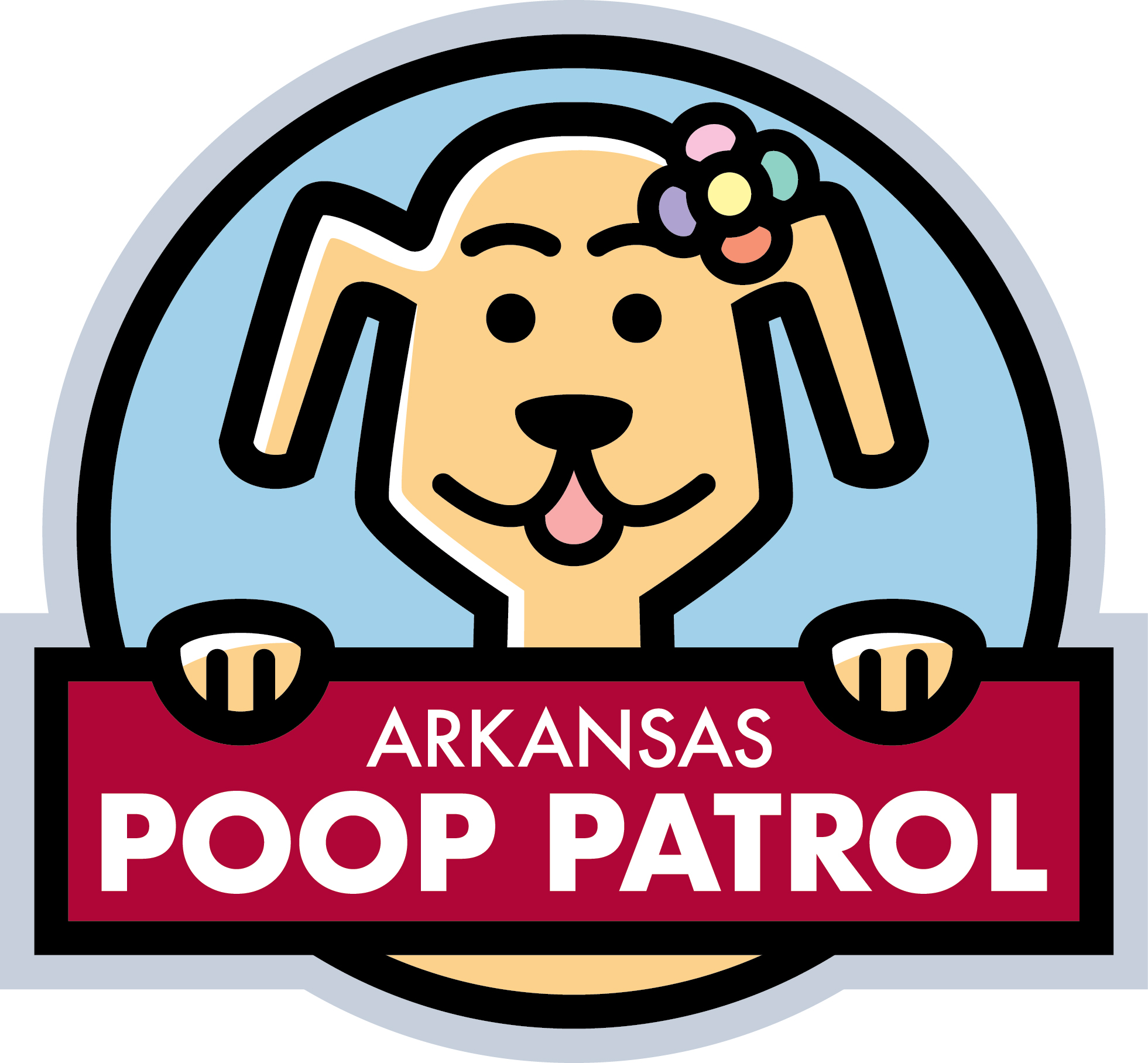

Article provided by Sunshine Pet Waste Removal – Montgomery, IL Dog Poop Pickup Service
Having a dog can be one of the most rewarding experiences for us. With the right knowledge and understanding of a dog’s life, you will be able to give your pup the best quality of life. This blog post will discuss the various stages of a dog’s life, from puppyhood to seniorhood. Additionally, this post will provide tips and advice on how to keep your pup happy and healthy throughout their entire life.
Puppyhood
Puppyhood is the stage of life where a dog grows from being a small, dependent pup into an adolescent. During this period, puppies need lots of tender loving care and attention. They need to learn the basics of house and potty training, as well as an understanding of appropriate behaviors. Puppies also need plenty of socialization, so that it is comfortable interacting with people and other animals. As their owners, you should provide them with positive reinforcement, such as lavish praise and treats, when they achieve something. With patience and guidance, this period can be a fun and wonderful introduction to life with a pet.
Adolescence
During adolescence, dogs start to mature both physically and mentally. This is when they start to develop their own personalities and become more independent. During this stage, it is important to continue to give your dog plenty of exercise, nutrition, and training. It is also important to provide them with structure and consistency, as well as lots of positive reinforcement. During this stage, dogs may become territorial and display behaviors such as digging, chewing, and barking. It is important to ensure that these behaviors are not reinforced.

Adulthood
Adulthood is the longest stage of a dog’s life, which typically occurs between the ages of 5 and 12 years old depending on the breed. During this stage, dogs are considered to be in their prime and are full of energy and spirit. They are considered “mature” and have reached their full size. Dogs in this stage require lots of exercise and mental stimulation to stay healthy and happy. They continue to need regular vet visits for preventative care and to monitor any age-related health issues. They also need regular grooming and a balanced diet to keep them looking and feeling their best.
Senior Dog Years

The fourth stage of a dog’s life is known as senior dog years. During this stage, your pup will start to slow down and experience age-related issues such as arthritis, vision loss, hearing loss, digestive problems, and more. Your vet will typically recommend regular checkups and screenings to monitor these issues, as well as dietary changes and regular exercise. As your pup ages, it’s important to provide them with a comfortable bed, regular grooming, and plenty of love and attention. With the proper care, your senior pup can still enjoy their golden years and live a long, healthy life.
End of Life Care
This is the most difficult stage of your and your dog’s life. As your dog approaches the end of their life, it is important to make sure they are comfortable and that their needs are met. End of life care should include providing a comfortable place to rest, maintaining a healthy diet, and providing plenty of love and companionship. Pain relief is also important, and your veterinarian can help you find the best options for your pet. Talk to your veterinarian about creating a plan for your dog’s end of life care.
Understanding the different stages of a dog’s life can help you provide the best care for your pup. Knowing when to expect certain behaviors, health problems, and changes in energy levels can help you prepare to meet your dog’s needs. By providing the best possible care throughout all the stages of life, you can ensure your pup is happy and healthy for many years to come.

